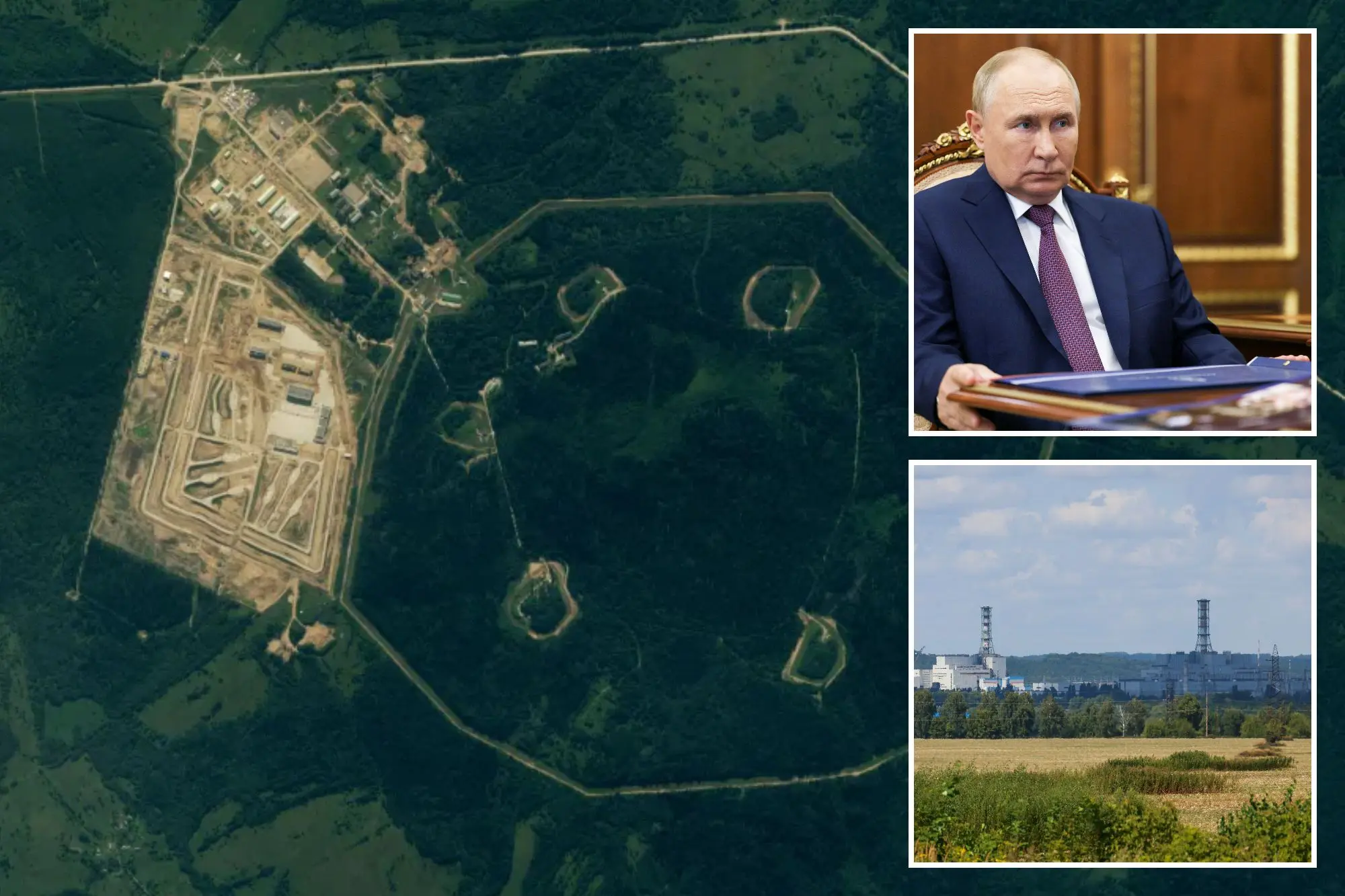Two U.S. researchers have identified what they believe to be the probable deployment site for Russia’s new nuclear-powered, nuclear-armed cruise missile, the 9M370 Burevestnik. The missile, which has been touted by President Vladimir Putin as “invincible,” has sparked significant concern due to its reported capabilities and potential risks.
Using satellite images taken on July 26 by Planet Labs, the researchers discovered a construction project near a nuclear warhead storage facility known as Vologda-20, located 295 miles north of Moscow. The site appears to be prepared for the Burevestnik missile, also known as the SSC-X-9 Skyfall by NATO. The missile is said to have an almost unlimited range and the ability to evade U.S. missile defenses, although some Western experts remain skeptical of these claims.
Decker Eveleth, an analyst with the CNA research organization, identified nine horizontal launch pads under construction at the site. These launch pads are surrounded by high berms, which could serve to protect them from attacks or to prevent one explosion from setting off others. Eveleth, along with Jeffery Lewis of the Middlebury Institute of International Studies, believes that the site is intended for the Burevestnik, as it is the only large, fixed missile system currently under development by Russia.
Despite the potential deployment, the Burevestnik has a troubled test history. Since 2016, there have been at least 13 tests, with only two partial successes. The missile’s nuclear-powered engine raises concerns about possible radiation risks, both during flight and in the event of an accident. Critics, including former U.S. officials, have labeled the missile as a “flying Chernobyl” due to the danger it poses.
The Burevestnik was first unveiled by Putin in 2018 as part of a new generation of Russian weapons. While its range and unpredictable flight path are intended to make it difficult to counter, many experts argue that its subsonic speed makes it vulnerable to detection and interception.
As Russia continues to develop and potentially deploy the Burevestnik, concerns grow about the implications for global security. With the U.S.-Russia New START treaty set to expire in 2026, the missile could become a significant factor in future arms control negotiations.
For now, the world watches as Russia proceeds with its controversial new weapon, raising questions about its strategic value and the risks it poses to international stability.





